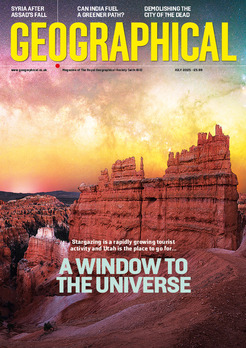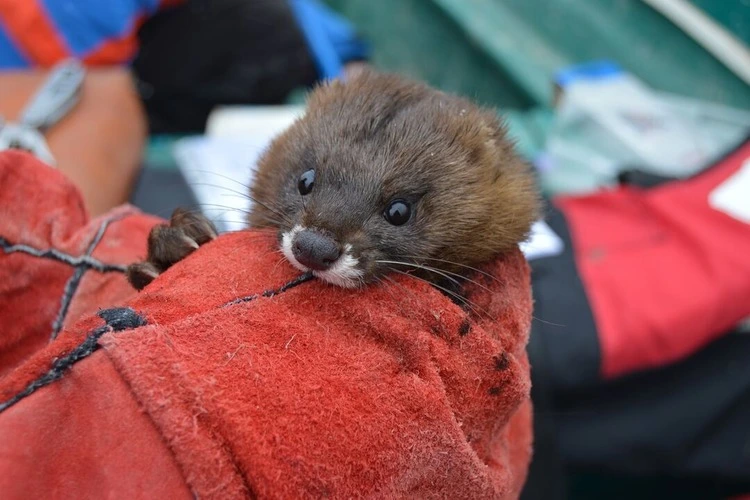
Fauna and Flora announce 10 endangered species to watch in 2025 and the work being done to help ensure their survival
By
Across the world, countless species are threatened by the likes of habitat destruction, illegal wildlife trade and other – often human-induced – activities. This week, conservation charity Fauna & Flora have released a snapshot of ten species to watch in 2025 – those which are particularly endangered and vulnerable – alongside the vital efforts being made to protect these species for years to come.
Read on to find out exactly what these species are and how their populations are being protected:
Enjoying this article? Check out our related reads:
Antillean manatee
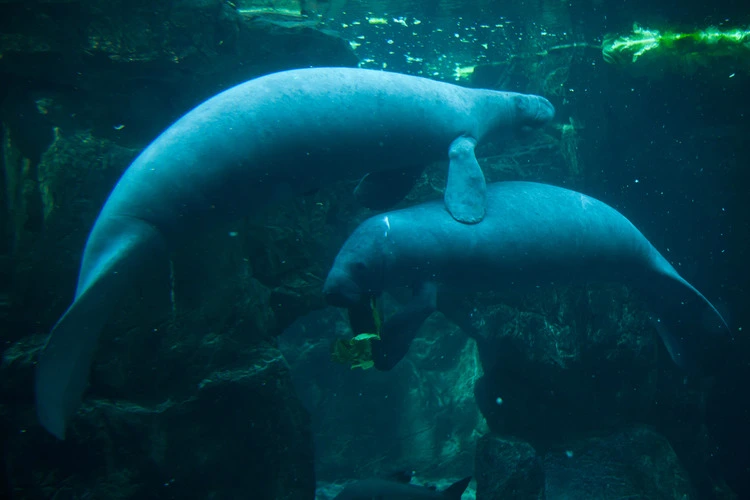
Manatees – sometimes referred to as sea cows – are being supported by Fauna & Flora this year along with FUCSA to establish a recovery plan for the species along with their habitat. Antillean manatees are threatened by homes, crops, livestock and businesses encroaching on riverbanks, depleting mangrove forests and contributing to murky, contaminated water in their habitats.
Grey-shanked douc langur
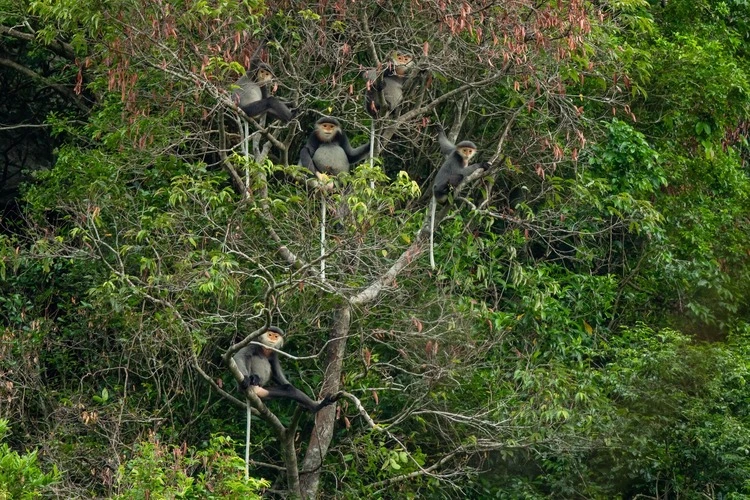
One of the world’s rarest primates, the grey-shanked douc langur is hunted for meat, traditional medicine and the pet trade, dwindling its numbers. Recently, Fauna & Flora confirmed that a Vietnamese forest is home to more than 100 grey-shanked doucs, the world’s third-largest population.
In 2025, the charity’s Vietnam team will continue to work with the provincial government to secure formal protection for this vital haven for the endangered species.
Nguru spiny pygmy chameleon
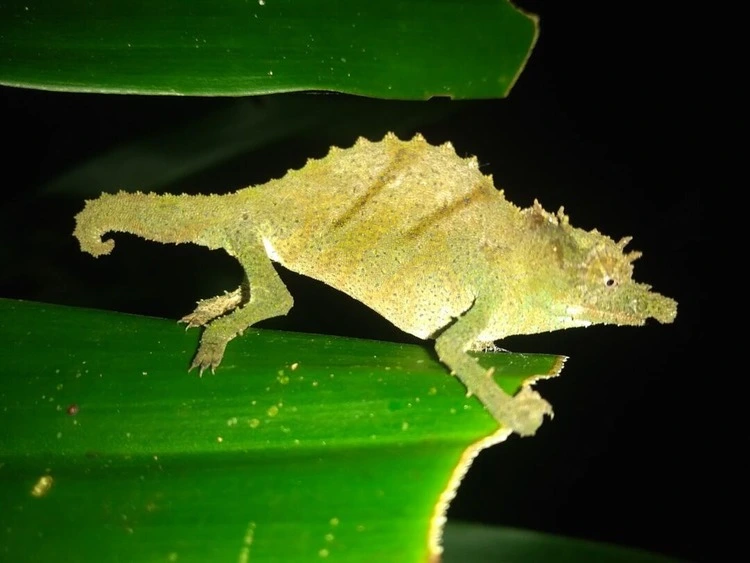
Around the same size as a paper clip, the tiny Nguru spiny pygmy chameleon is threatened by habitat loss due to agricultural expansion and logging in its forest habitat in Tanzania, along with the illegal pet trade. It is one of three pygmy chameleon species being protected in the country by Fauna and Flora.
Steppe tortoise
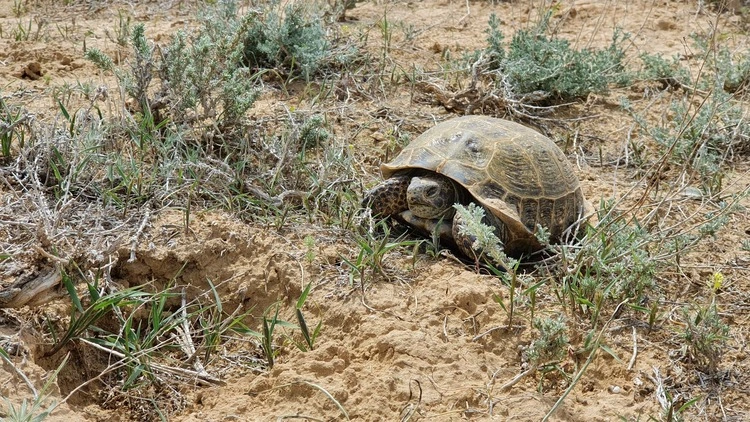
The first vertebrate animal to successfully orbit the moon (along with life forms sent into space as part of a Soviet-led mission in 1968), the steppe tortoise is threatened on Earth through being one of the world’s most heavily traded reptiles.
Fauna & Flora is working with partners across Kazakhstan, Kyrgyzstan, Tajikistan and Uzbekistan to gain a better insight into what is driving the trafficking of the species, and to support a reassessment of its CITES and IUCN Red List status.
Great hornbill
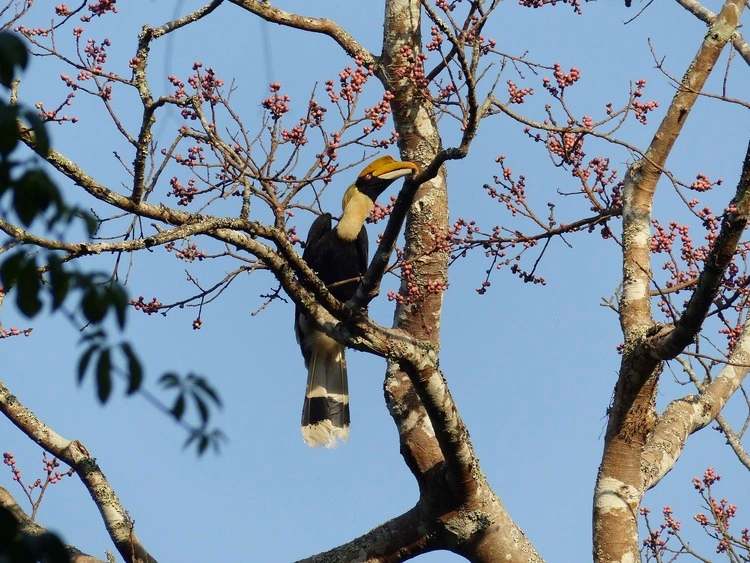
Depending on large areas of undisturbed forest for food and nest sites, great hornbills face increasing threats as remaining lowland forests in their habitats shrink and fragment, choosing to seek refuge in remote mountainous regions instead.
In Myanmar’s Arakan Mountains, the great hornbill and rufous-necked hornbill are both benefiting from a collaboration between communities, coffee producers and conservationists established to protect the habitat of the endangered western hoolock gibbon. Throughout 2025, Fauna & Flora will continue to monitor and protect the nest sites of this endangered species.
European mink
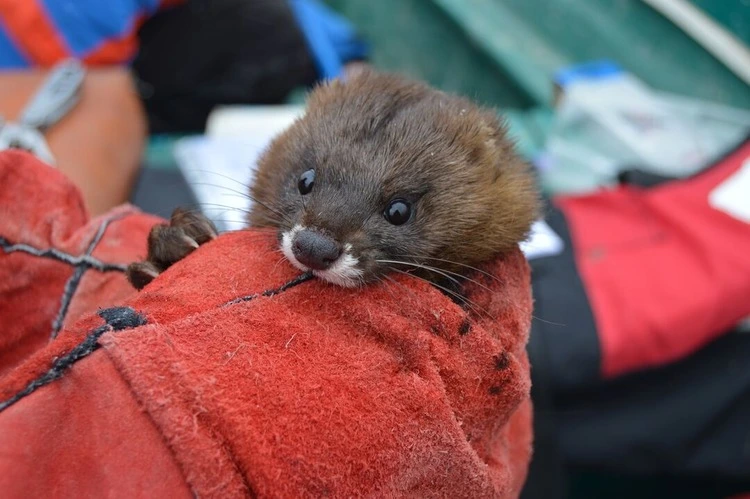
One of the most critically endangered mammals in Europe, the European mink faces a number of threats from habitat loss, hunting and competition from the invasive American mink.
In 2025, Fauna & Flora and its partners in Romania will be conducting field surveys to gauge population numbers, while continuing to support freshwater restoration initiatives to reconnect the mink’s fragmented habitat.
African wild dog
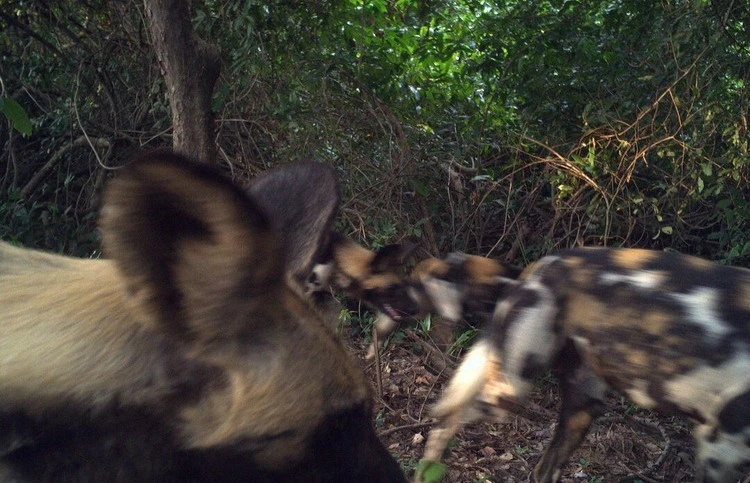
Painted hunting dogs are some of the world’s most endangered carnivores, requiring vast territories but suffering from habitat fragmentation. Such habitat loss causes the species to experience increased contact with humans, exposing them to persecution and deadly diseases carried by domestic dogs.
With its large tracts of remote wilderness, South Sudan is a potential stronghold for the African wild dog. Camera traps have spotted the species in Southern National Park, while rangers on patrol have recorded numerous tracks and even live observations of wild dogs.
Mountain chicken
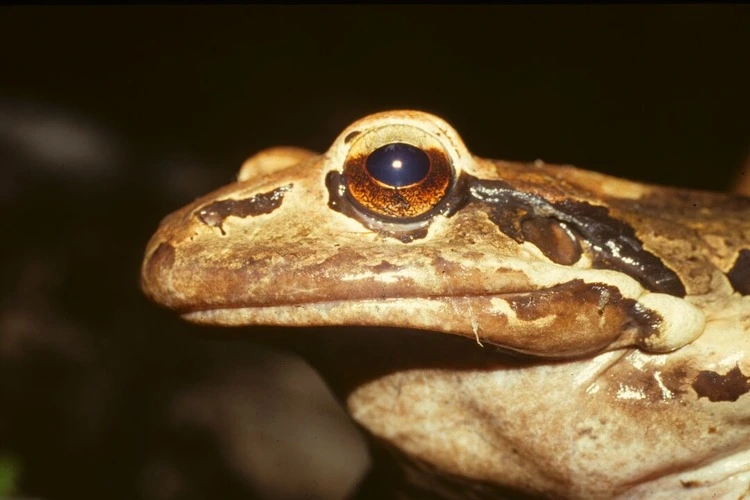
Although its name may suggest an avian species, the mountain chicken is, in fact, one of the world’s largest – and rarest frogs. It previously roamed across five Caribbean islands but now exists on Dominica – where it was once the unofficial national dish – and in a small, enclosed area on nearby Montserrat.
Fauna & Flora’s local partner WildDominique is spearheading a rescue plan to save the species from extinction, including establishing protected areas and developing plans to protect the species from hurricanes and volcanic eruptions during natural disasters.
Whale shark
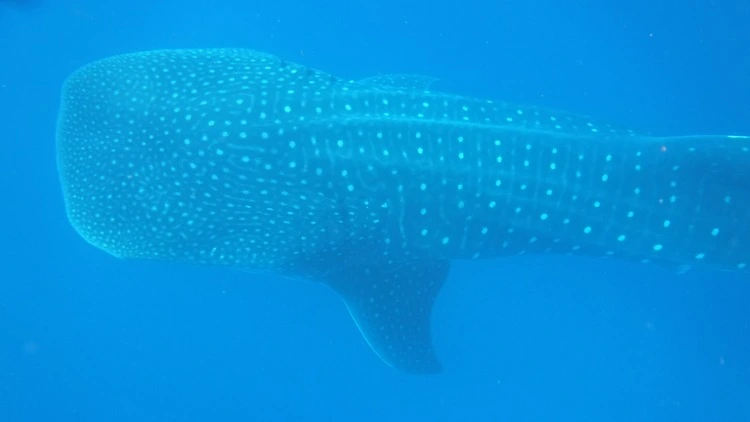
Measuring up to 60 feet long, mighty whale sharks face numerous threats included targeted fishing, accidental entanglement in nets, boat collisions, tourist disturbance and rising sea temperatures.
At coastal project sites in Myanmar, Honduras and São Tomé and Príncipe, Fauna & Flora and its local partners are engaging with communities and policymakers to promote behaviour change and improve protection measures for the species along with other threatened sharks.
New magnolia
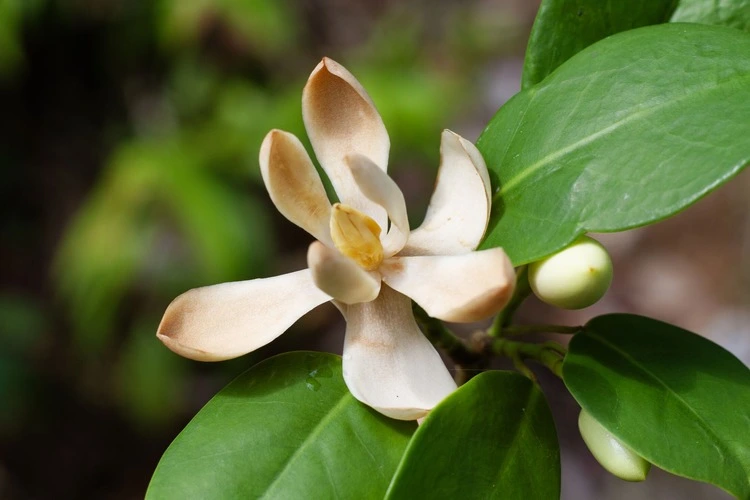
Last year, Fauna & Flora’s in-country partner discovered a new species of magnolia (Magnolia ciroorum) during fieldwork in Honduras’s Pico Bonito National Park. Factors including deforestation, agricultural expansion and illegal timber extraction in their environment are of major concern to the viability of the species, which currently numbers just 13 trees.
While protecting those precious specimens, the race is on to track down more individuals of this endangered species in 2025 and beyond in order to safeguard the future of the species.

